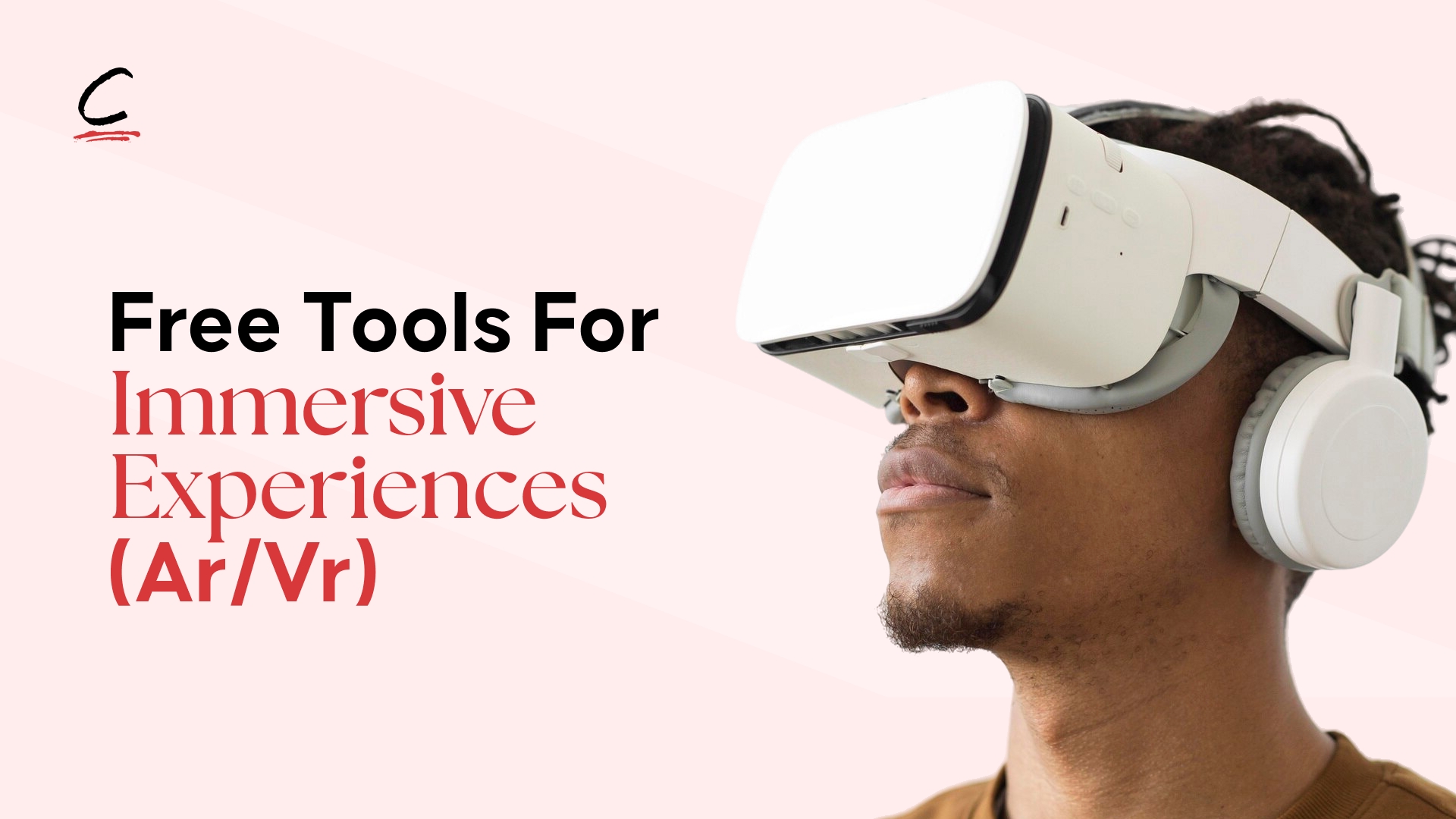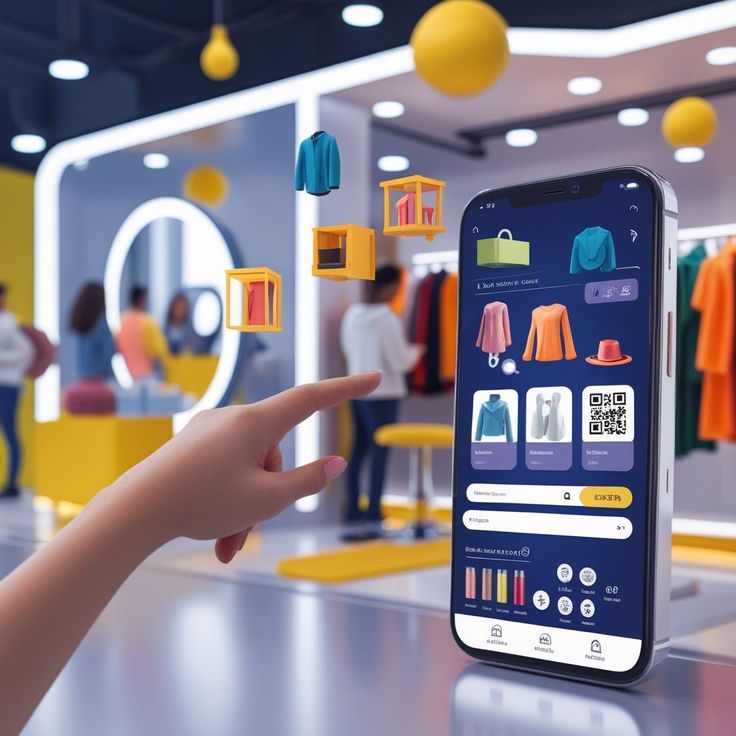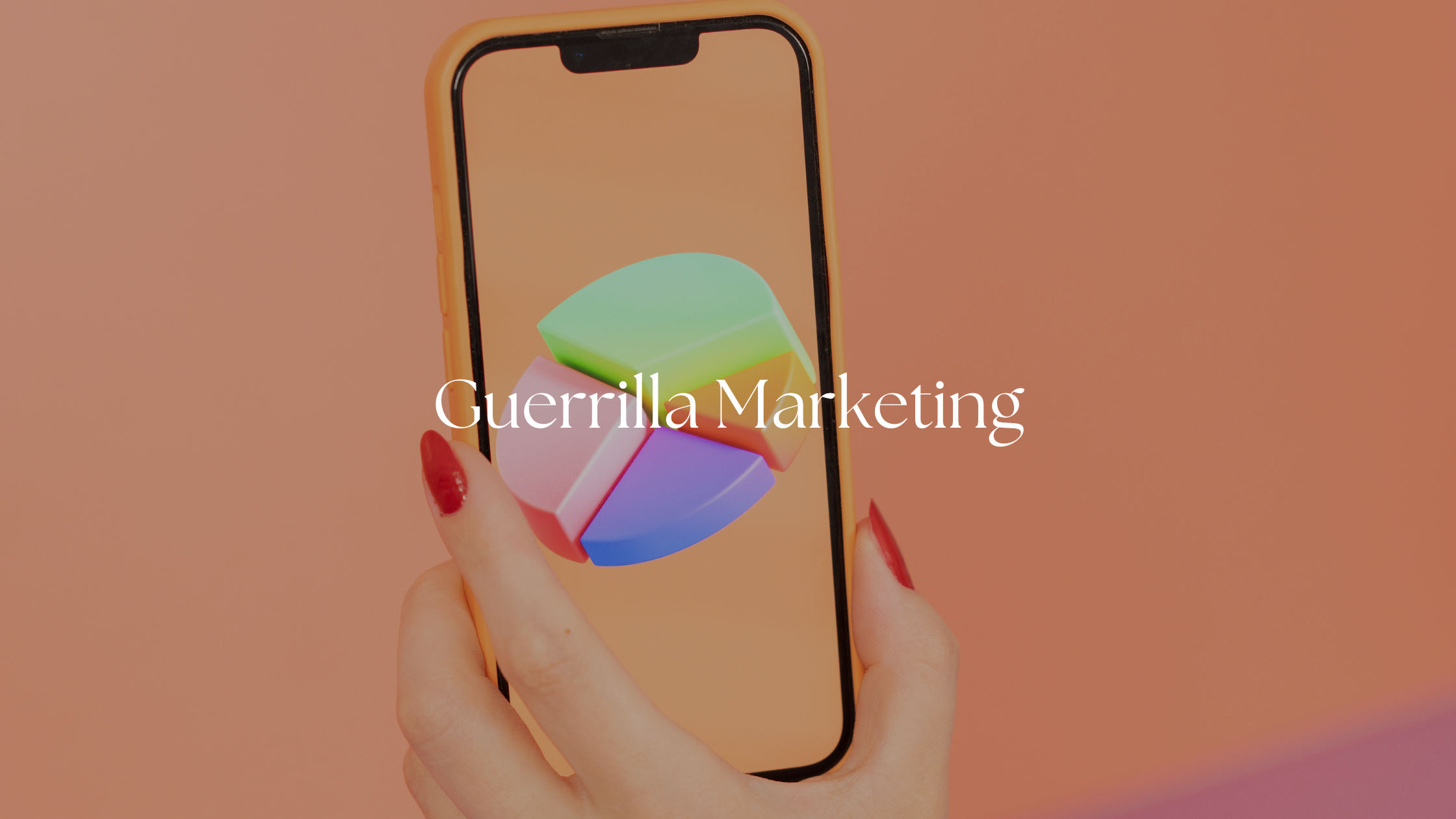
Designing soulful brand experiences with AR
You have just three seconds to grab a potential buyer’s attention. The real challenge isn’t just getting them to look, it’s getting them to feel something.
You’ve probably tried emotional hooks, clever storytelling, and even striking visuals. But if the results still fall flat, maybe it’s time to move beyond emotion alone. What if your brand could connect with the soul of your audience?
This is where augmented reality (AR) storytelling steps in because brands are searching for deeper, more personal ways to connect. The era of passive marketing is over; the age of active, immersive engagement has begun.
AR isn’t just another trend; it’s a powerful tool for crafting soulful, memorable brand experiences. By inviting consumers to step inside your narrative, AR blurs the lines between digital and physical worlds, turning brand stories into lived experiences.

Read More: Creative Strategy Tips For Small Businesses: Turning Attention Into Action
What is AR in simple terms?
Simply put, augmented reality (AR) is the overlay of computer-generated content onto a view of the real world, typically through a smartphone camera, tablet, or smart glasses. It is technology that overlays digital elements, like images, animations, or information, onto the real world. Think of Snapchat filters, interactive product try-ons, or immersive museum exhibits.
This is a key difference from virtual reality (VR), which creates a completely simulated, immersive digital environment which often requires a headset to transport the user away from their surroundings.
Augmented vs. Virtual Reality: While VR (virtual reality) takes users into a completely digital environment, AR enhances what’s already around them. This makes it more accessible and more powerful for branding, since it doesn’t pull people away from reality but enriches it.
For marketers, AR is the perfect tool to bring stories to life in everyday environments where customers already are. It keeps the user connected to their own environment, making the experience feel more personal, immediate, and authentic.
Read More: 3 Free CGI Tools + Where To Learn
Benefits of AR in Branding and Marketing
The key advantages of AR in brand strategy lie in its ability to drive engagement, enhance customer experience, and build a lasting impression. From simple social media filters to elaborate in-store activations, the everyday uses of AR are proving its worth. The benefits of interactive AR in marketing are clear:
- Immersive campaigns: Brands like Nike and Pepsi use AR to turn ads into interactive experiences.
- Product try-ons: Beauty and fashion brands allow customers to “try before they buy” virtually.
- Interactive experiences: From AR games to pop-up events, AR builds excitement around products.
Its power lies in: higher engagement, stronger emotional connections, and increased customer loyalty. By inviting people to participate instead of passively watching, brands make their story memorable.
Read More: Budget-Friendly Video Production For UK and Nigerian Small Businesses
AR as a Tool for Digital Storytelling
Great storytelling has always been about connection, brands telling stories with their audience and not to them. Now, AR takes it a step further by transforming digital storytelling tools such as video and animation into fully immersive brand narratives.
AR transforms static images and objects into living narratives.
Imagine watching a brand story unfold on your phone screen as the product appears in your living room. Or walking into a store where digital layers guide you through a personalised journey. This is AR brand storytelling innovation, making the audience feel like they’re part of the story rather than just spectators. This new medium allows for stories that are not just seen, but experienced, making the brand’s message more memorable and emotionally resonant.
Read More: Storytelling; The Heartbeat Of Brand Campaigns
Application of AR in Branding and Marketing

Here are a few practical applications of AR in branding and marketing:
- Social Media Filters: build fun, shareable AR filters that put your brand in everyday conversations.
- Interactive Packaging: use QR codes or AR-enabled packaging to unlock videos, games, or brand stories.
- Virtual Try-Ons: give customers the confidence to choose with AR fitting rooms and product previews.
- Experiential Events: create immersive brand events powered by AR to deepen customer engagement.
When used strategically, AR becomes less about novelty and more about building soulful experiences that align with your brand values.
Building Soulful Brand Experiences with AR
The most impactful brands today don’t just market products; they design experiences that connect with people’s emotions. AR allows you to bring your values to life in ways your audience can see, touch, and feel.
- For purpose-driven brands, AR can amplify your mission with interactive stories.
- For lifestyle brands, AR can immerse customers in aspirational experiences.
- For creative brands, AR is the perfect playground for innovation.
When your AR strategy is authentic, your audience doesn’t just engage with your content; they carry it with them as a memory. That’s what makes a soulful brand experience.
Augmented reality isn’t just another trend. It’s the future of branding, marketing, and digital storytelling. By blending technology with authenticity, AR helps brands create immersive and meaningful connections that go beyond the screen.
If you want to learn more about how to design creative, soulful brand experiences, download CHILD’s free e-book on Creative Brand Strategy. It’s packed with practical tools and insights to help you tell stories that truly resonate.
Ready to build a brand that goes beyond surface-level connections?
Send us a DM at: hello@childcreativestudio.com for a deeper dive into the right creative strategy and approach for your brand!




Leave a Reply